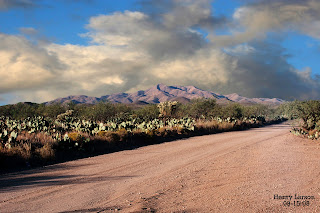Success In Photography
In my opinion success in photography can be gauged in basically two ways.
(1) self satisfaction where the results are satisfying to the creator of the image and
(2) Commercial success where the resultant imaged are marketable and marketed.
(2) Commercial success where the resultant imaged are marketable and marketed.
So how does one achieve this satisfaction of having captured and edited, what to the photographer, is a great image?
What
do You See?
It
is possible to look but not see. One well planned, well executed,
photo is worth more than a thousand sloppy, ill thought out,
snapshots.
You
can be creative. Creativity is not a talent. Creativity it is a
process.
First
there are two mind sets, open and closed. The imagery functions of
the brain are governed by the open mindset. To achieve this mindset
one must relax and allow the thoughts to wander. Directed for sure.
But wandering nevertheless. In this way images are allowed to enter,
advance, and be recognized.
To
understand creativity one must understand the function of the brain.
The brain is host to multitudes of neurons. Neurons are cells that
carry messages between the brain an other parts of the body. Every
time there is a thought, action is take or not taken a neuron is
formed. Similar neurons group together to form neuron chains. Similar
neuron chains group together to form ganglion. Similar ganglion group
together to for ganglionic chains. These chains respond to imagery
and impulse. So over a period of time a backlog of similar responses
is created. This is called a response repertory.
There
is also an electrical response of varying lengths among these
neurons. They are classified as brainwave levels.
They
are:
Delta .5
to 3 bps(beats per second)
Theta 3
to 8 bps
Alpha 8
to 12 bps
Beta 12
to 38 bps
Gamma 38
to 42 bps.
Alpha
is considered to be the open or creative mind set. This is where
thoughts and images can wander freely about awaiting capture.
When
at this brain wave level the creative photographer sees and records
great images.
Beta
is the production level where the images of alpha are put to use.
My
point? Any times we look but do not see. If we are over involved in
the mechanics of creating the image our imagery side of the brain may
be blocked from functioning.
Therefore:
slow down and take the time to reflect and see the better I image of
the proposed photo
Now
what to do? Decide on a goal for the shoot of the day. Then select a
location where this goal can be achieved. Go to this location and
look at the overall then see the specific. I still use the
composition card a lot. This is a piece of cardboard with a 4” x 5”
piece cut out. I hold this at arms length and look through the
opening until I “see” the image I want to capture.
The reasoning behind this
is if you don't know where you are headed you probably wont get
there.



This comment has been removed by the author.
ReplyDelete